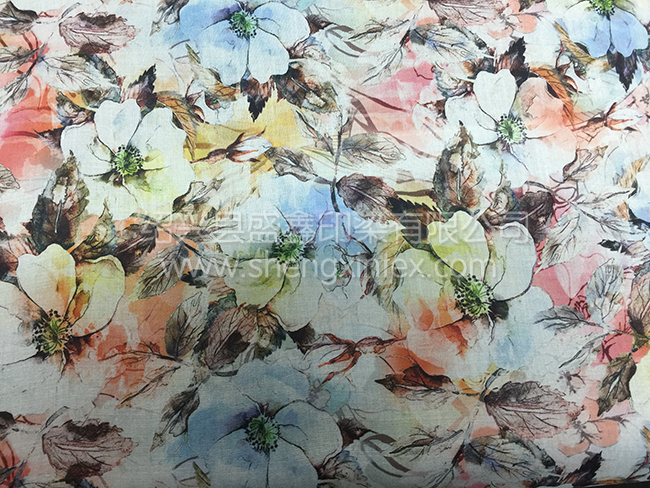
[Industry Focus] Digital printing VS silk screen printing
Views:7936 Date:2018-04-29
The old saying goes that out of fast, cheap and high-quality, you can typically get two out of three. These are more or less the variables you have to play with when considering which printing method to opt for. The advent of digital printing has irrevocably changed the face of the printing industry, with the introduction of new technologies that use very different method of manufacture – leading to step-changes in cost and speed.
Like any other form of printing, digital printing comes in a range of qualities and you should undertake careful price comparison when choosing a provider to create your marketing materials. There are other options apart from digital printing, too – one of which is silk screen printing. The two processes differ markedly from each other, with significant differences in the results.
Silk screen printing
Unlike digital printing, silk screen printing is a very old technology, though one that is still used today. It probably originated in China around 1,000 years ago. The method is comparatively simple, but very effective. It has evolved considerably in the last millennium, but is still essentially the same. A stencil is created using a mesh screen; this used to be made of human hair or silk, but now synthetic materials or steel mesh are more common. Areas of the screen are blocked out – again using a variety of different method – to create a negative of the image to be printed. Once this is complete, the stencil is placed over the printing surface and ink is forced through the mesh. Multi-colour images can be created by using a sequence of colours.
Silk screen printing is generally accepted to be a high quality and durable form of printing. However, the mesh frames and stencils take time to set up, and the process is comparatively slow. For this reason screen printing tends to be more expensive than digital printing. It is best suited for high volumes of printing, such as if you need thousands of copies of a poster. For just a limited print run, the set-up costs are prohibitively high.
Digital printing
In contrast to silk screen printing, digital printing is a newcomer to the market, only really gaining popularity in the last few years. Digital printing can employ a range of printing techniques, with both inkjet and laser printers commonly used.
The advantages of digital printing lie in its speed and in its versatility. Unlike with more conventional printing methods, there is no set-up process, no plates or stencils to be created before the print run can start. The finished design is sent as a computer file to the printer, which can run off hundreds or thousands of copies in a very short time. There are a range of different qualities available, depending on the make of the printer and the paper used, but it is probably true to say that all things being equal the quality and durability is slightly lower than with screen printing.







